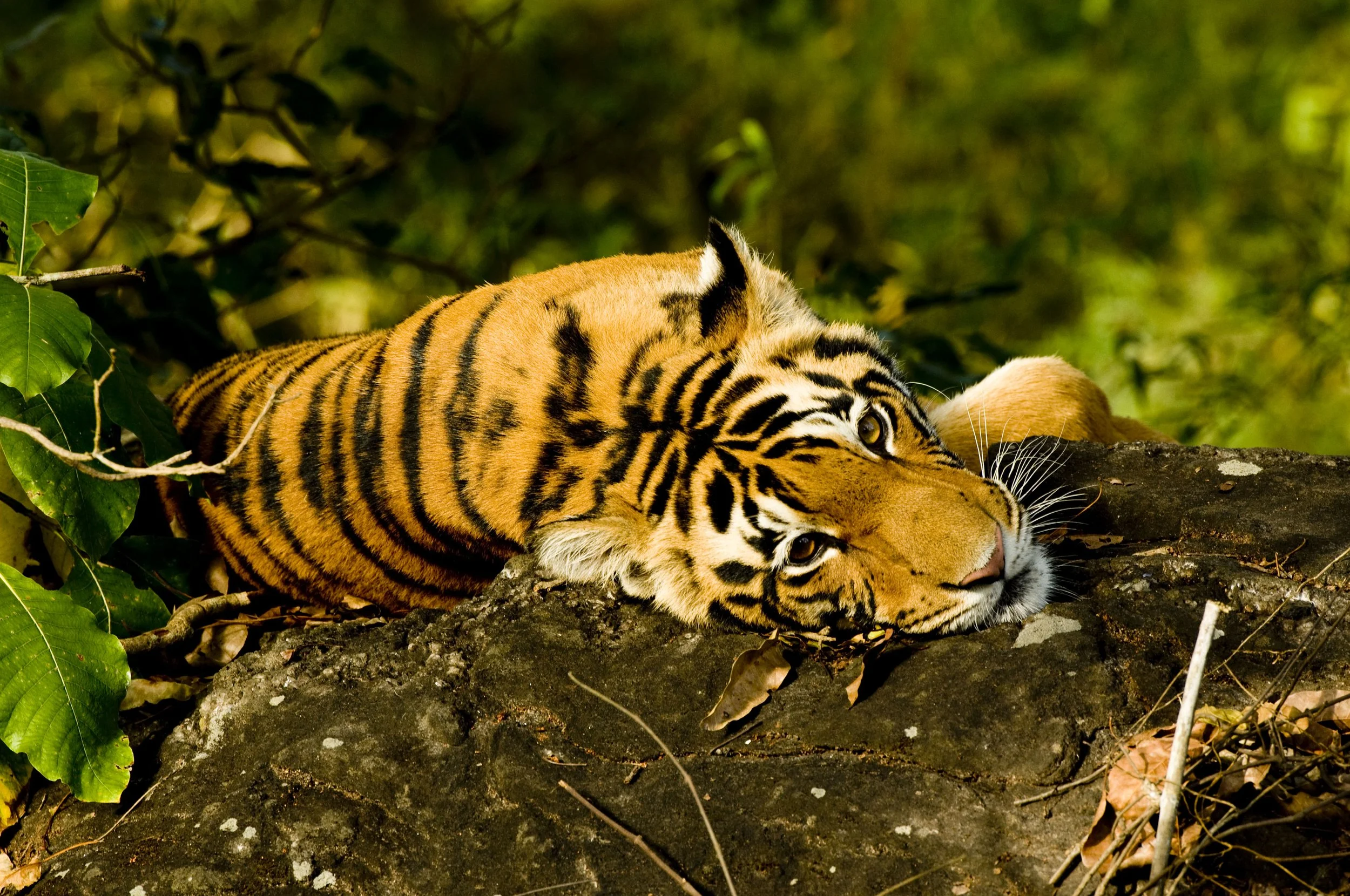Along with ancient history, varied landscapes, and diverse culture, India is globally known for its remarkable wildlife. From elephants to tigers and leopards, the nation is rich with incredibly charismatic mammals. But as is often the case with conservation, Indian conservation dedicates a large majority of its research efforts and resources to protecting popular megafauna and their habitats, rather than working to protect the ecosystem and biodiversity as a whole. Considering that biodiversity is largely considered one of the top crises the natural world faces, a narrow field of vision focusing on charismatic species alone is an ongoing issue in our field. However, some members of the scientific community in India are working to change this.



Along with seven co-authors, Dr. Vratika Chaudhary, Biodiversity Data Scientist with NatureServe, has recently published the findings of her team’s efforts to compile and analyze six years’ worth of camera-trap data from Pakke Tiger Reserve in northeastern India. The project’s ultimate purpose was to create baseline species-richness and occupancy estimates for the mammalian community of the reserve by taking a full-scale, community-level research approach (which is increasing but still a rare feat in India). Combined with data concerning ecological and anthropogenic factors and used in statistically robust multi-species occupancy modeling, six years of camera-trap data has now turned into a clearer picture of Pakke’s biodiversity.
In addition to providing initial baseline estimates in the reserve, the project accomplished three major things:
1) Reinforcing the Importance of Effective Protection
Today, Pakke Tiger Reserve’s 1277 Sq. Km are filled with an immense diversity of mammalian species, including tigers, elephants, leopards, clouded leopards, Himalayan black bears, and far more. But just 20 years ago, this was not the case. In the early 2000s, the reserve was mostly empty forest, until Tana Tapi, co-author of the paper, was hired as the reserve’s Divisional Forest Officer in 2004. Since then, the protection and management implemented by Tana Tapi and his team has led to Pakke’s revival as an area with both an effective government and incredibly strong community support.
According to scientists working in the region, it was the combination of these things that created a successful model for conservation, which ultimately provided the resources necessary for a stable mammalian community. For other areas to have stable communities of tigers, prey, and beyond, similar management may be critically important. In this way, Pakke can serve as a shining example of what needs to be done to create a successful wildlife management program within protected areas in India.
2) Encouraging multispecies research in the future
Another remarkable aspect of this project was its resourcefulness. With access to camera-trap data for species of interest made available, much of the info needed to provide biodiversity estimates was already there, but it hadn’t yet been analyzed through a holistic lens. Initially, these camera-traps were most often set up to capture what you might expect – photos of the most charismatic megafauna in the area – even though they capture images of each and every mammal that brushes by. Much of this data was being used exclusively to study and implement management strategies for these few species (usually tigers).
Although it’s common practice in the world of conservation, relying on metrics from an umbrella species (like tigers) can be short-sighted, because it ultimately limits the perspective of researchers, and prevents managers from recognizing needs of the ecosystem as a whole. Chaudhary argues that this practice is backwards.
“We shouldn’t depend on a single species metric as a successful measure of conservation efforts or not,” Chaudhary said. “Let's think about the outcome for the entire community, and let’s see if outcomes for less known species workout too .”
3) Bridging Gaps in Conservation
According to Chaudhary, there has long been a separation between the academic/research community and teams of local conservation managers of protected areas in India, which slows the ability to conduct research valuable to management and prevents management to utilize best available science for biodiversity conservation in their jurisdiction. This project, however, provides an example of how researchers and managers can work together and how research and management in general can (and should) go hand-in-hand.
“None of this would have been possible if we didn't have the management of the protected area on board,” said Chaudhary. “I hope it emphasizes that protected area management should absolutely be open to collaborating with the science community, and vice versa,” she added. With collaborations like this proving successful, the standard for working together instead of independently very well may change.
The work accomplished in Pakke Tiger Reserve is remarkable, but biodiversity exists and remains important outside of protected areas too. On top of continuing protections in important designated areas, similar areas need attention like the attention that Pakke has received – including holistic, ecosystem-scale research and management strategies, resourceful data usage, and collaborations between researchers, managers, and communities.
WildLandscapes is proud to be a funding partner for research that focuses on biodiversity, especially when it sets such a high standard for conservation efforts in important places moving forward! Check out the paper (which is open access for another few weeks), and head to our projects page to learn about other efforts we support.
Samuel Bowlin is the Communications Director with WildLandscapes International, based in Boulder, Colorado. He can be reached at sbowlin@wildlandscapes.org.


